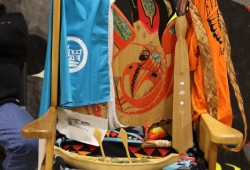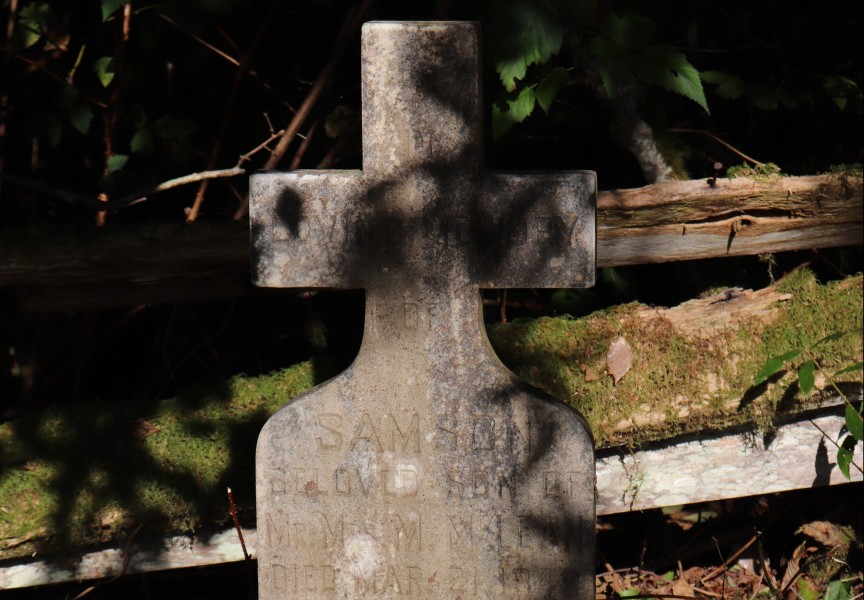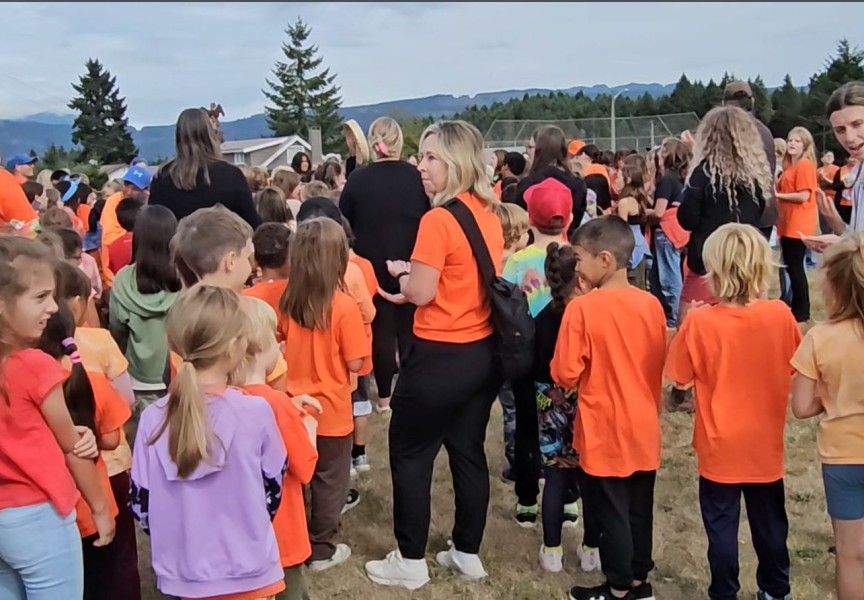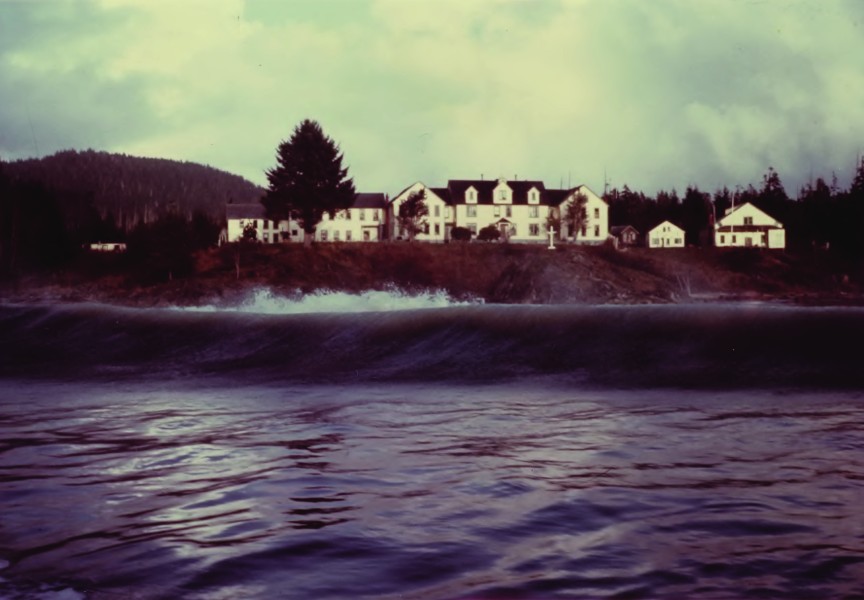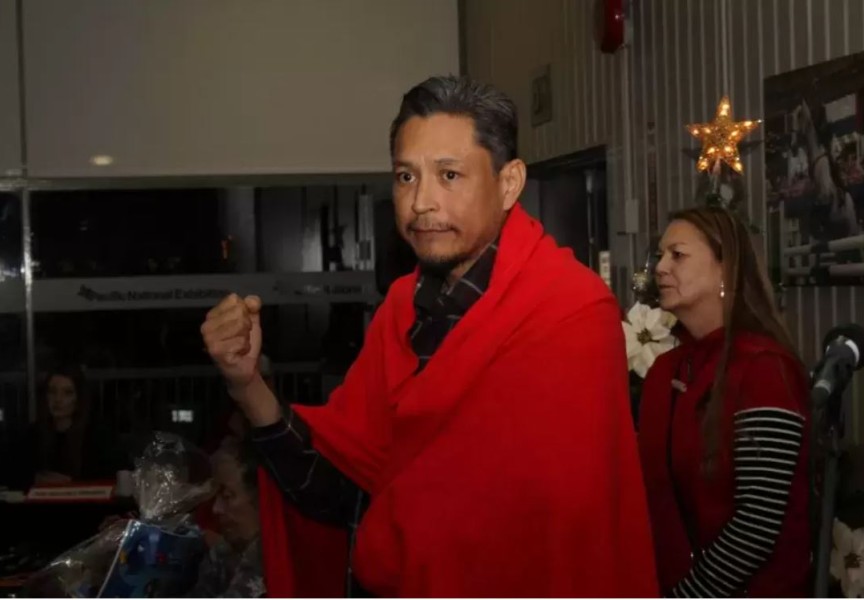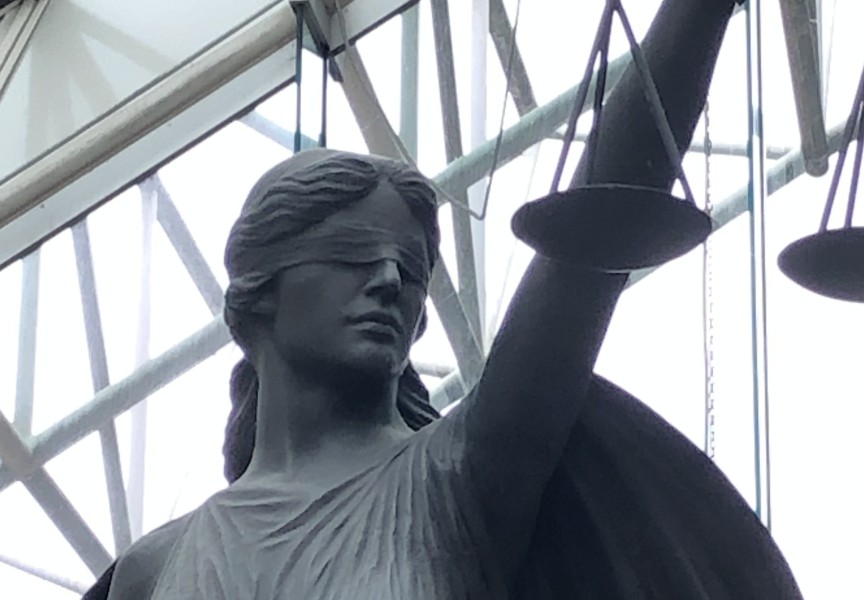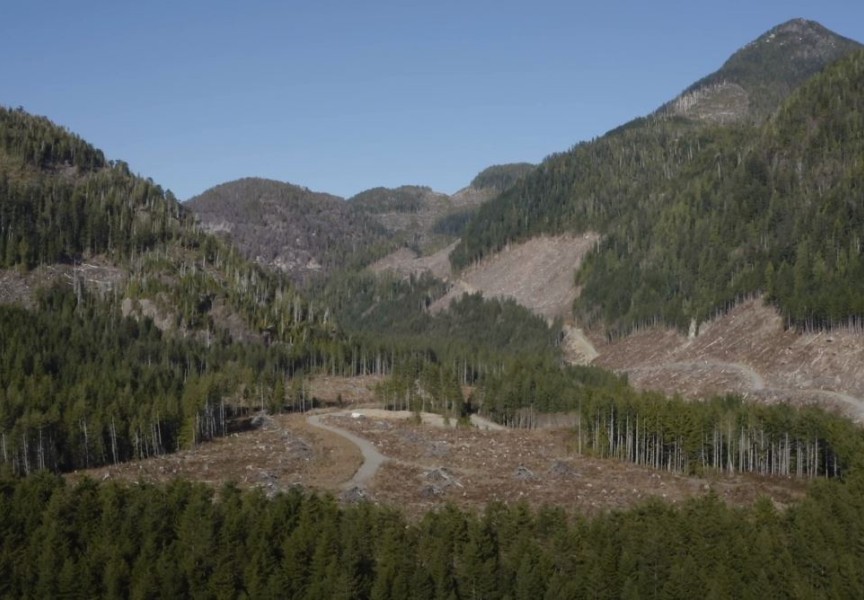Fifty plus years ago they were very small children being herded onto boats destined for Indian residential schools in Ahousaht territory – those raised in the Catholic faith went to Christie Indian Residential School on Meares Island while the Protestants went to Ahousaht Indian Residential School on Flores Island.
Today, the remaining survivors are elders, some walking with the support of a cane. On April 10 those that were able boarded boats heading to Ahousaht, to reflect on their experiences and to be supported in their healing. This time, they boarded the boats willingly.
On that day, the ʔahʔiiḥčp ʔukʷił ʔiqḥmuut (Honouring Our Ancient Ones) project invited survivors to Ahousaht to hear information gathered during the first phase of research and other work related to the two residential schools that operated in Ahousaht territory during the 1900s.
They were also there to find out how many potential unmarked grave sites were identified during the ground penetrating radar scans on the grounds of both schools. Specific information from project’s investigation wasn’t reported, but attendees heard that the focus of the event would be on celebrating the resilience and strength of ancestors and honouring all children past and present.
“The government and others want to know the numbers, but Ahousaht has changed the narrative to focus instead on the child…who they were and where they went to,” said Hesquiaht Chief Councillor Mariah Charleson.
Charleson attended the gathering with Hesquiaht survivors of Christie Indian Residential School, most of whom were kept at the institution during the1960s and later.
“I am 36 years old, and we are the first generation that have not gone there. We’ve always heard about Christie – its impacts persist to this day,” said Charleson. These impacts are felt by all Hesquiahts and the neighbors who went there, she added.
Charleson said that Hesquiaht First Nation arranged boat rides to the event for their people both in Hot Springs Cove and in Tofino. She noted that they were greeted by Ahousaht youth at the wharf in Tofino and in Ahousaht.
“Right away you could tell they put a lot of thought and care into this for the warriors,” said Charleson.
She noted that Ahousaht’s Anne Atleo made a statement, referring to Indian residential school survivors as warriors. It is a move that Charleson supports.
“We want to be the owners of our own stories instead of going by what’s written in text books,” said Charleson. “The focus is on the story of every single child – calling them warriors makes them feel like they matter.”
The first part of the day was dedicated to warriors who came from Tseshaht, Hesquiaht and other places. They heard speakers sharing information about both the archival and archaeological research, fieldwork and oral history gathering that took place over the last three years. The research focussed on identifying and locating missing children from both Ahousaht Indian Residential School in Maaqtusiis on Flores Island and Christie Indian Residential School on Meares Island.
Charleson said Ahousaht was well prepared with several forms of cultural and mental health supports in place.
“They were on top of things – we felt safe & supported, welcome and respected,” said Charleson.
“There were no figures offered regarding the number of potential unmarked graves at the gathering. It was a difficult decision, but one that was made as a team,” reads a statement issued by Anne Atleo’s research team. “It is important to remember that each figure is a child, and ʕaaḥuusʔatḥ (Ahousaht) First Nation would like to honour those children and their families.”
In addition to the Hesquiaht survivors, the last remaining former student of Ahousaht Indian Residential School came back in the village. Cody Gus, 93, arrived in Ahousaht more than 85 years ago. The Tseshaht man was a very small child when he was sent up the coast to Ahousaht, because Alberni Indian Residential School had burnt down.
Tseshaht Elected Chief Ken Watts acknowledged the connection between the Nuu-chah-nulth nations, even through residential schools.
“Our Nations are connected through this tragic history. When fires occurred at the Alberni Indian Residential School (AIRS), students were moved to the Ahousaht Indian Residential School,” he said. “There are many intermarriages between Tseshaht First Nation and Ahousaht First Nations members, creating a long-interconnected history. We also know many of our Nuu-chah-nulth peoples were sent to and transferred between these institutions and others across the province.”
“We are sending our healing and loving prayers to our ʕaaḥuusʔatḥ (Ahousaht) brothers, sisters, leadership, staff and all survivors of these institutions and those who never made it home,” stated Watts on behalf of Tseshaht First Nation.
Gus was blanketed and honoured at the event.
The evening was spent celebrating the survival of culture, as hosts and guests joined in song and dance.
Chief Charleson joined her people in Hot Springs Cove for a community dinner on April 12. She said they want to keep the positive momentum going forward and announced that her nation would host Hesquiaht Days this summer. The community camp was an annual celebration of culture and family but had been side railed during the COVID-19 pandemic.


